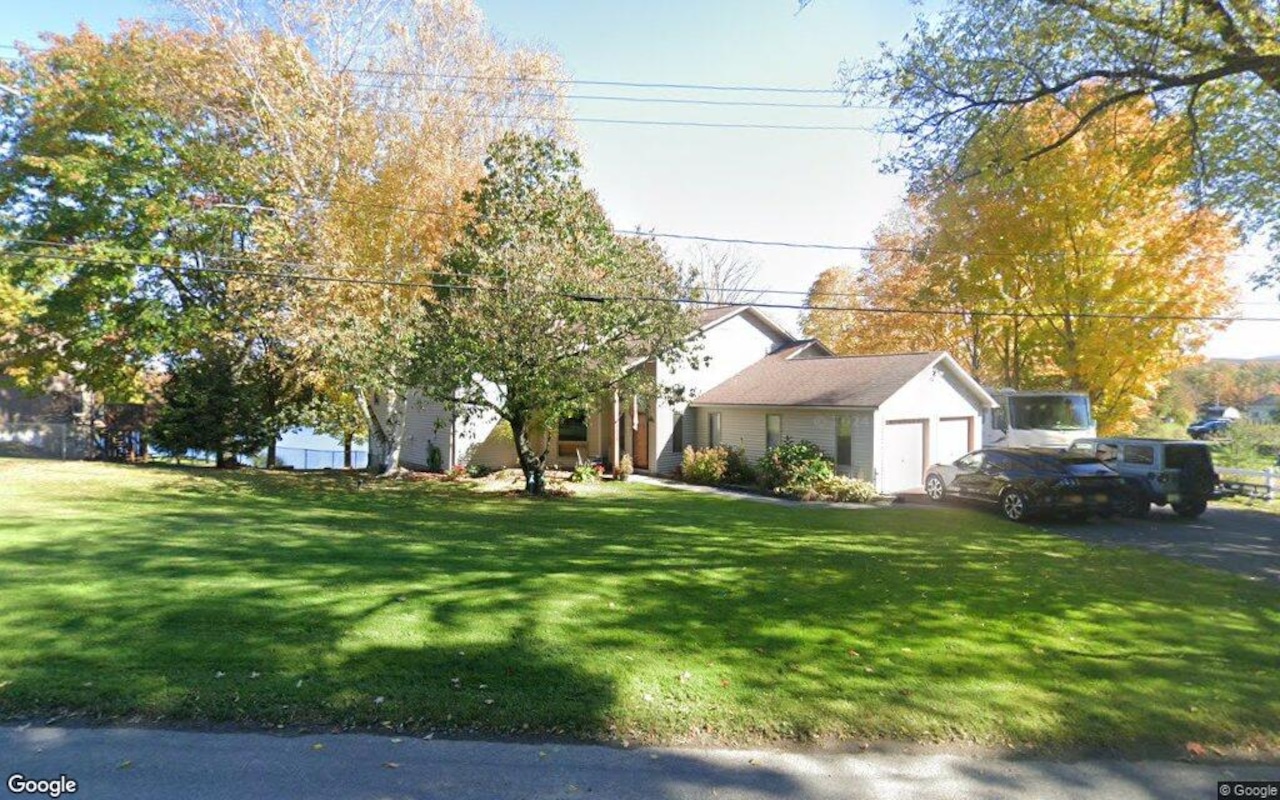U
S housing wealth has surged to a record $55.1 trillion, reflecting the combined equity of millions of homes. The rise, driven by low rates, pandemic‑era demand, and a chronic supply gap, has slowed in the past year, revealing a more nuanced picture of where value is now being created.
**What the $55.1 trillion figure means**
Since early 2020, the national market has grown by roughly $20 trillion. The most recent annual gain of $862 billion is modest compared with the pandemic‑era boom, indicating that higher borrowing costs and affordability pressures are tempering enthusiasm. The market is still expanding, but at a steadier pace.
**Geographic shifts**
Seven states have seen declines over the last year, the largest in Florida (‑$109 billion), California (‑$106 billion), and Texas (‑$32 billion). These drops follow steep price hikes during 2020‑2022 and are compounded by rising insurance costs in hurricane‑prone areas. In contrast, New York added $216 billion, accounting for a quarter of national gains, while New Jersey (+$101 billion), Illinois (+$89 billion), and Pennsylvania (+$73 billion) also posted strong growth. The pattern suggests a rotation from Sun Belt boomtowns toward older industrial and urban centers in the Northeast and Midwest.
**Role of new construction**
New homes have contributed $2.5 trillion to national value—about 12.5 % of the total gain—since 2020. States that experienced high demand and robust building activity, such as Utah, Texas, Idaho, and Florida, benefited from this supply expansion. New construction not only eases price pressure but also opens pathways for first‑time buyers, addressing the persistent affordability gap that fueled the earlier price surge.
**Trillion‑dollar metros**
Nine major U.S. markets exceed $1 trillion in housing value, holding nearly a third of national wealth. The leaders are New York ($4.6 trillion), Los Angeles ($3.9 trillion), San Francisco ($1.9 trillion), Boston ($1.3 trillion), Washington, D.C. ($1.3 trillion), Miami ($1.2 trillion), Chicago ($1.2 trillion), Seattle ($1.1 trillion), and San Diego ($1 trillion). Except for New York, which gained $260 billion, the other eight collectively lost $18 billion over the past year, indicating a slowdown in their rapid appreciation and a shift toward smaller markets.
**Implications for homeowners and investors**
- **Market normalization**: Hyper‑growth has tapered; expect slower, steadier appreciation.
- **Location matters, but differently**: While major metros remain valuable, secondary and tertiary markets may offer better affordability and future upside.
- **New construction is essential**: Continued building is key to easing affordability and sustaining growth.
- **Home as an investment**: Staying informed about local trends and broader economic forces is crucial for managing this significant asset.
The record valuation underscores the resilience of the U.S. housing market, its capacity to generate wealth, and its adaptability amid inflation and rising rates. The shift from pandemic boomtowns to cities like New York and parts of the Midwest reflects changing lifestyle preferences and economic realities. Overall, the market remains robust, supported by new construction and sustained demand, but it is evolving.
**Invest in top U.S. markets**
Explore high‑quality, ready‑to‑rent properties that deliver consistent returns.
Contact Norada today to grow your real estate portfolio with confidence.
Call (800) 611‑3060 or visit our website to get started.














